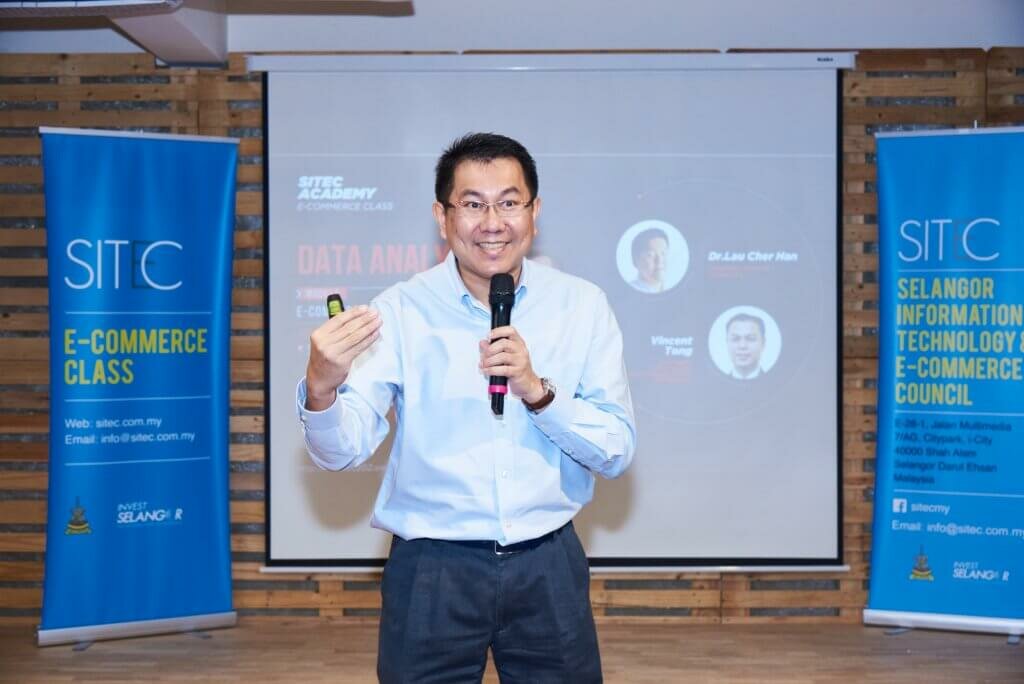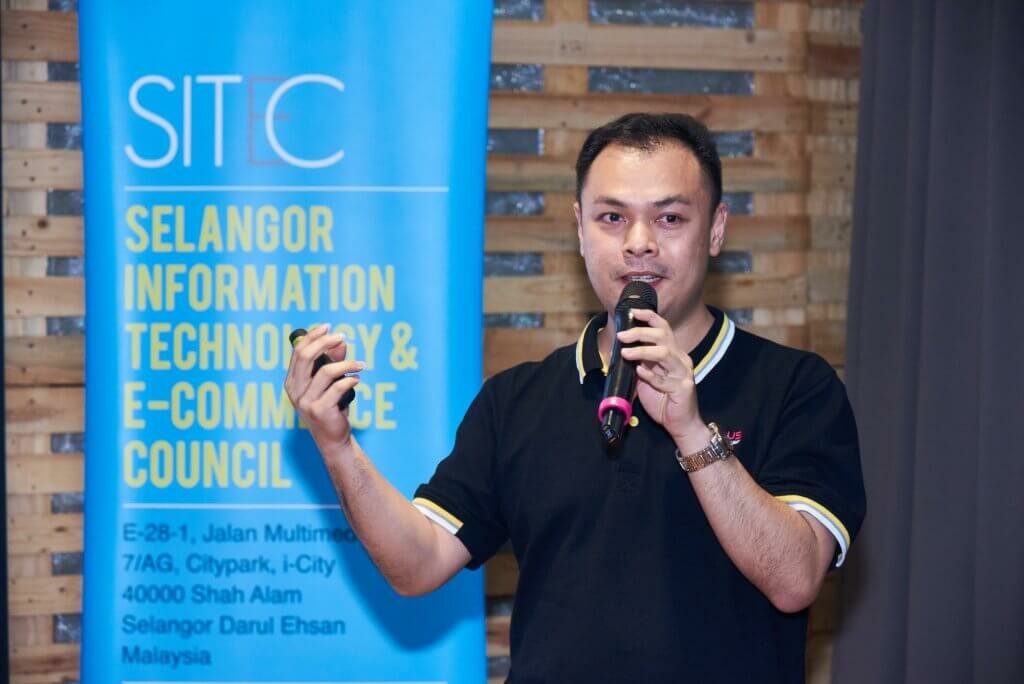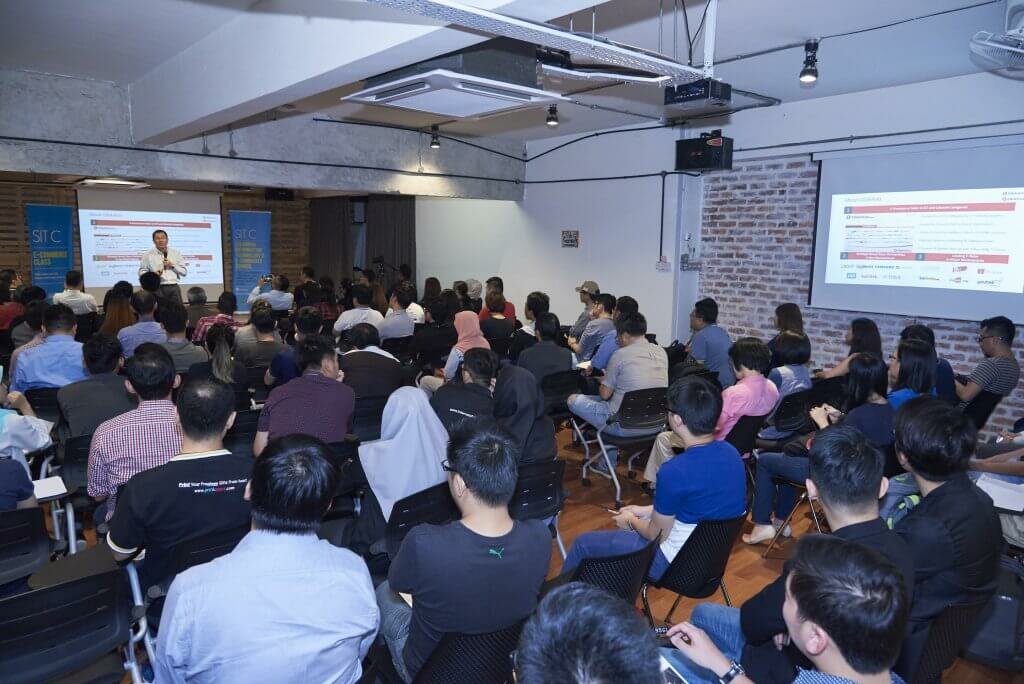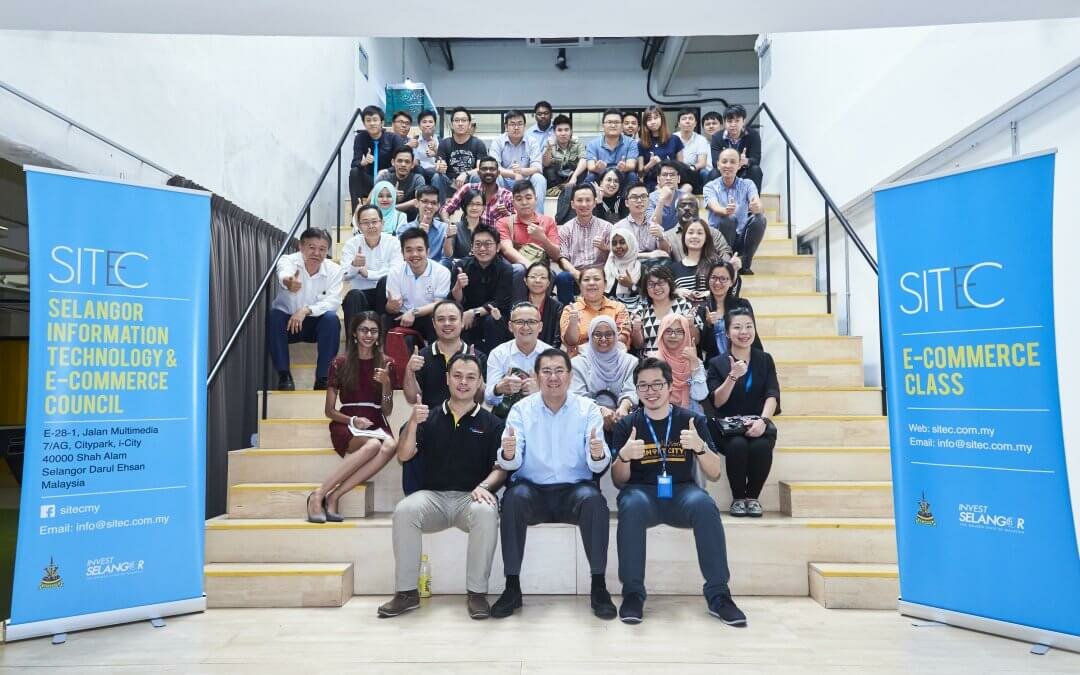The E-Commerce Class on Data Analysis saw an audience of 114 participants, all keen to learn about what proper data analysis can do for their businesses. The class, following the new format, was led by Coach Sunny Ooi, co-founder and CEO of ClickAsia.my and ClickAsia.sg.

Ooi started off the lesson by getting right to the point of the ways big data analytics can aid businesses, after identifying data analytics as the analysis of data on the behaviour of customers to drive a continual improvement of the user experience, which translates to desired outcomes.
Data analytics allow businesses to offer more, in the form of personalised offerings and fluid pricing, for starters. At the same time, analysing the data collected will allow for improved customer service, as well as the detection of fraudulent patterns. Predictive analytics then allow merchants to know which offerings are more popular, allowing for supply chain management. Merchants can also make the decision for new offerings or innovations based on the data collected.
“Knowledge is power, and by knowing customer behaviour, the right decisions can be made, which in turn can drive the impact of your business,” shared Ooi on the importance of data analytics, before moving on to several tools and best practices for data analytics.
Ooi suggested Google Analytics and Adwords as tools that merchants should at least be adept with, and he spoke about the omnichannel approach, which itself provides a form of next-gen customer service through its personalised offerings. The management of the customer life cycle is also something that data analytics allow for, and should be utilised to maximise returns.
“Big Data is the key enabler behind the success of the omnichannel approach,” advised Ooi.
Tools of the trade
Next was Dr Lau Cher Han, Chief Data Scientist of iStream.my, who shared several techniques on how to increase sales using data analytics. He pointed out that it boils down to three things that the merchant has to take heed of: Who has visited, What they do, and How they spend.

Google Analytics is a tool that can be used by merchants to separate their audience into demographics, from which more data can be found, such as interests, location, the device used, how long the customer stayed, the bounce rate of the site, and the exit page.
An addendum here is the difference between the home page and the landing page. Dr Lau shared that many merchants make the mistake of putting up an ad about a deal or promotion, but that the link in the ad directs customers to the home page, leading to reduced returns.
On the topic of what they do, Dr Lau recommended Mixpanel as a tool for tracking the data, as the tool allows the tracking of insights, as well as the retention of customers. This allows merchants to utilise the concept of micro-yeses, making multiple small commitments on the website, which works to clear away mental barriers so that consumers are more willing to buy. This then allows the merchant to apply the funnel theory to their audience.
On the topic of how they spend, Dr Lau noted that customer acquisition cost and lifetime value are key metrics. Along with the information of average monthly transaction (T), average order value (AOV), average gross margin (AGM), and average lifetime (ALT), the lifetime value can be calculated and gauged against the customer acquisition cost to determine if the cost is worth it. The formula is:
Lifetime Value = (T X AOV X AGM)ALT
The power of SEO
The next speaker, Vincent Tong, co-founder of www.printcious.com, spoke on the topics of search engine optimisation (SEO) and Google Adwords.

SEO can be summarised into three steps, namely keyword research, where the objective is to find keywords that are less competitive, yet have more monthly searches; keyword competitive analysis, which uses search engine tools to gather data for comparison of how much the keyword would be searched; and keyword placement, which involves the placement of keywords into appropriate locations, such as the content, title tag, and the meta description of images used.
“If you are unsure, do R&D. But R&D here is not research and development, but Rob and Duplicate,” shared Tong, who explained that this involved emulating world class competitors, basing your own keywords and copywriting of those examples, and making sure it is at least 70% different.
Tong then explained the Adwords process, and how to calculate the return on investment (ROI). The Adwords process is summarised as enquiry form submission, receipt of quotation, artwork provision, making payment, approving the sample, beginning production, and collection. The process is straightforward, with clear instructions.
ROI is calculated based on cost-per-click (CPC) and conversion, then calculating profit, followed by profit after adspend. Tong advised that Google loves relevancy and quality ads, and related adcopy gets cheaper rates of CPC.
Q&A

The Q&A session saw questions about engaging influencers, which usually involves deals or exchanges, and a question about the R&D process, with the question of how to pull ahead if everyone used the R&D method. The response was that Google utilises more than 200 factors to calculate the store, and to make sure that the store/website has good content, as well as many inbound links from relevant sites, thus boosting the SERP (search engine results page) score.
A question was also asked on the frequency of studying collected data (every two to three days at least, once a day recommended), as well as how to use the formula should there be no historical data. The response was to collect one month’s worth of data, and extrapolate from there for a general idea of the figures.
Comments
comments

